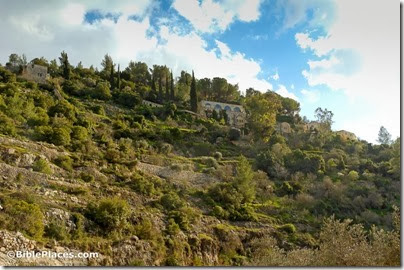The Book and the Spade has a two-part interview with Kenneth Bailey on the biblical account of Jesus’ birth. (Direct links: part 1, part 2)
Of the James ossuary inscription, Gabriel Barkay says, “It is an authentic inscription.”
The Washington Post reports the Christians who are coming to Bethlehem and the Christians who are leaving.
Ferrell Jenkins takes a moment out to describe the blogs he reads and more.
The Israeli State Comptroller’s report on the illegal excavations on the Temple Mount has been kept secret, until now.
A report in a Knesset committee this week described Israel’s failure to protect ancient wooden beams on the Temple Mount.
Fox News suggests six unusual ways to visit the Holy Land.
Scholars are now studying graffiti left by medieval pilgrims at Bethlehem’s Church of the Nativity.
The ASOR Blog has a roundup from the broader world of archaeology.
HT: Joseph Lauer, Charles Savelle

